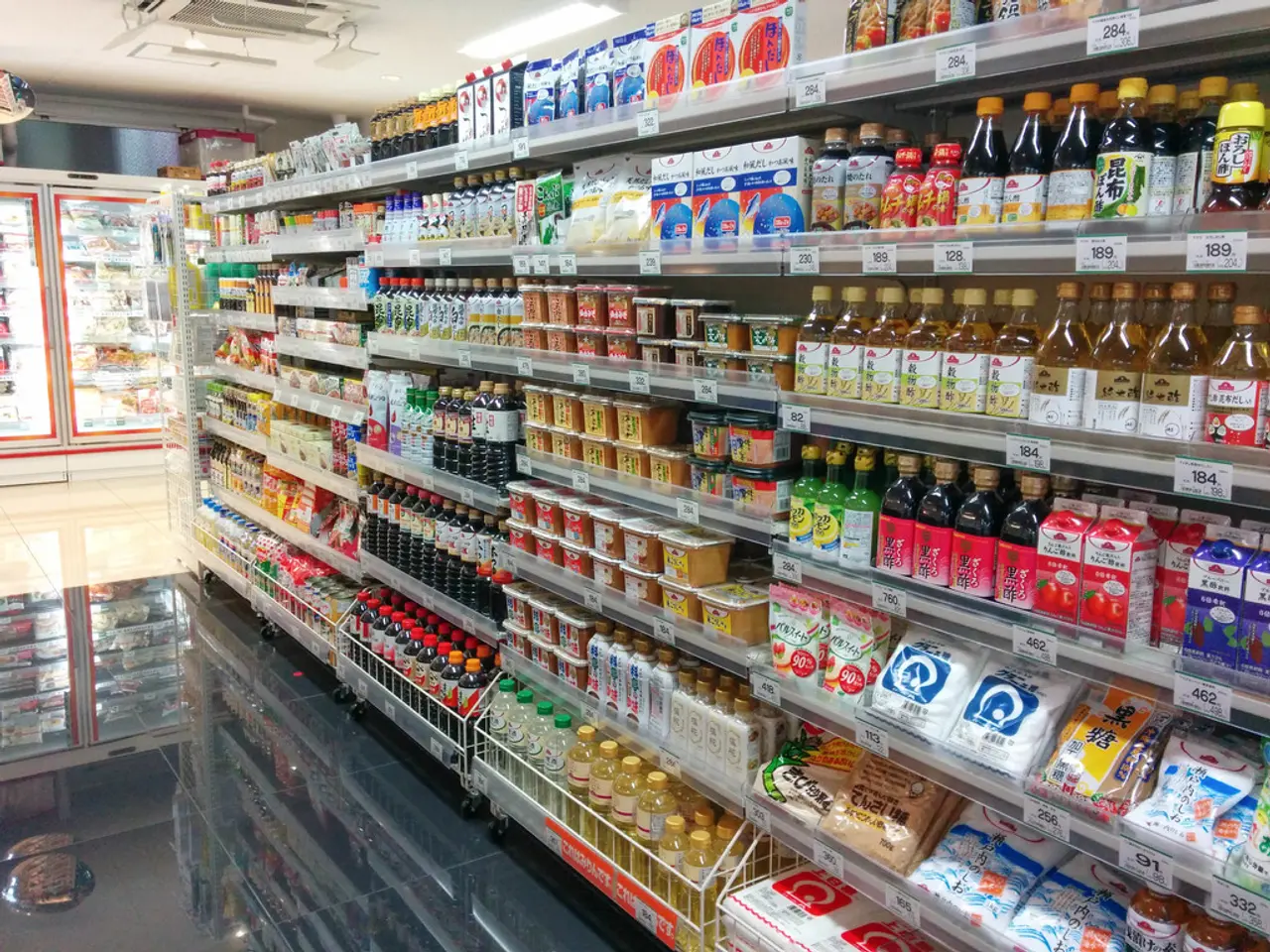Canada Faces Proposed Tariff Hike of 35% as Trump Announces Increase for Other Imported Goods as Well
In the year 2025, the relationship between the United States and Canada is marked by two significant developments: a contentious trade dispute and a persistent battle against the illegal trafficking of fentanyl.
President Donald Trump's administration imposed tariffs on Canadian goods under the International Emergency Economic Powers Act (IEEPA) and Section 232 trade laws. The tariffs, initially set at 25%, affected various imports such as steel, aluminum, and copper, with plans to increase the rate to 35% starting August 1, 2025. However, Trump hinted at potential modifications depending on the U.S.-Canada relationship.
These tariffs, justified by concerns about imports and border security, sparked a series of retaliatory measures from Canada, initially imposing 25% tariffs on US goods worth about $20 billion CAD. The Canadian government has since held off on expanding these tariffs, focusing instead on negotiations and aiming for a refreshed economic agreement with the U.S., with a new deadline set for August 1, 2025.
The trade conflict has caused economic shocks, including stock market declines and widespread concern in sectors such as retail and automobile manufacturing. Prime Minister Mark Carney is coordinating meetings with the cabinet and provincial leaders to discuss Canada's response.
Meanwhile, the U.S. administration has shown some willingness to negotiate, delaying tariffs for goods compliant with the United States–Mexico–Canada Agreement (USMCA) and suggesting that tariff rates might be adjusted or lowered depending on the progress of talks. However, tensions remain high, with both sides threatening to escalate tariffs further if no agreement is reached by early August.
Simultaneously, the Canadian government has made "vital progress" in the fight against fentanyl and other synthetic opioids. In recent operations, they have seized 101.8 lbs and 15,765 pills of fentanyl. This seizure accounts for a minor fraction (approximately 0.16%) of all fentanyl seizures by U.S. border authorities in the last few years.
Canada's efforts to combat fentanyl trafficking extend beyond its borders. The Canadian government's "Fentanyl Czar" is actively engaged with U.S. counterparts in dismantling criminal networks and eliminating the flow of fentanyl. The government is committed to continuing this collaboration with the U.S. to stop the flow of fentanyl in North America.
In a statement on social media, Prime Minister Carney defended Canada's workers and businesses during these trade negotiations, reassuring the public that the government is working diligently to protect both the economic interests and the safety of its citizens.
As the deadline for the trade negotiations approaches, the future of U.S.-Canada relations remains uncertain, with both economic and public safety concerns at stake. The ongoing efforts to combat fentanyl trafficking, however, offer a glimmer of hope for a safer North America.
- In the realm of finance and investing, businesses are closely watching the ongoing trade dispute between the United States and Canada, specifically the Trump tariffs on Canadian goods, which could impact various sectors such as retail and automobile manufacturing.
- The Trump tariff letters have led to a series of retaliatory measures from Canada, including tariffs on US goods, and negotiations are underway with a new deadline set for August 1, 2025, as both sides aim to refresh their economic agreement.
- Amidst the trade tension, the Canadian government's policy-and-legislation efforts against the illegal trafficking of fentanyl have shown progress, with significant seizures and collaboration with U.S. counterparts. This general-news development offers a glimmer of hope for a safer North America.




